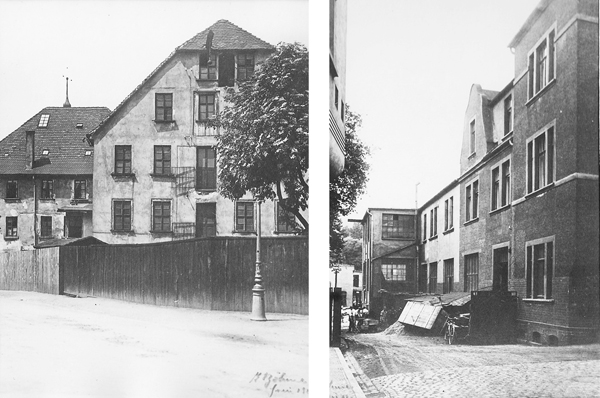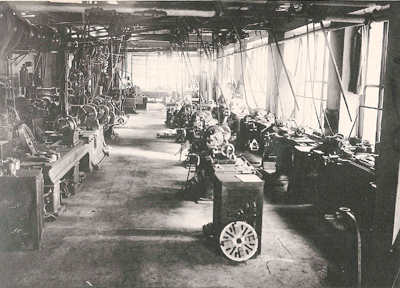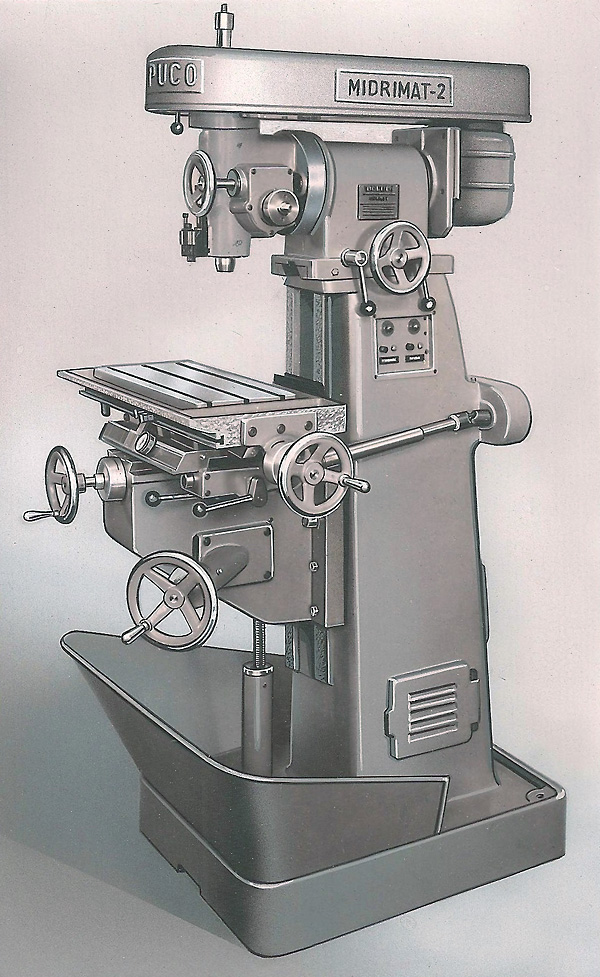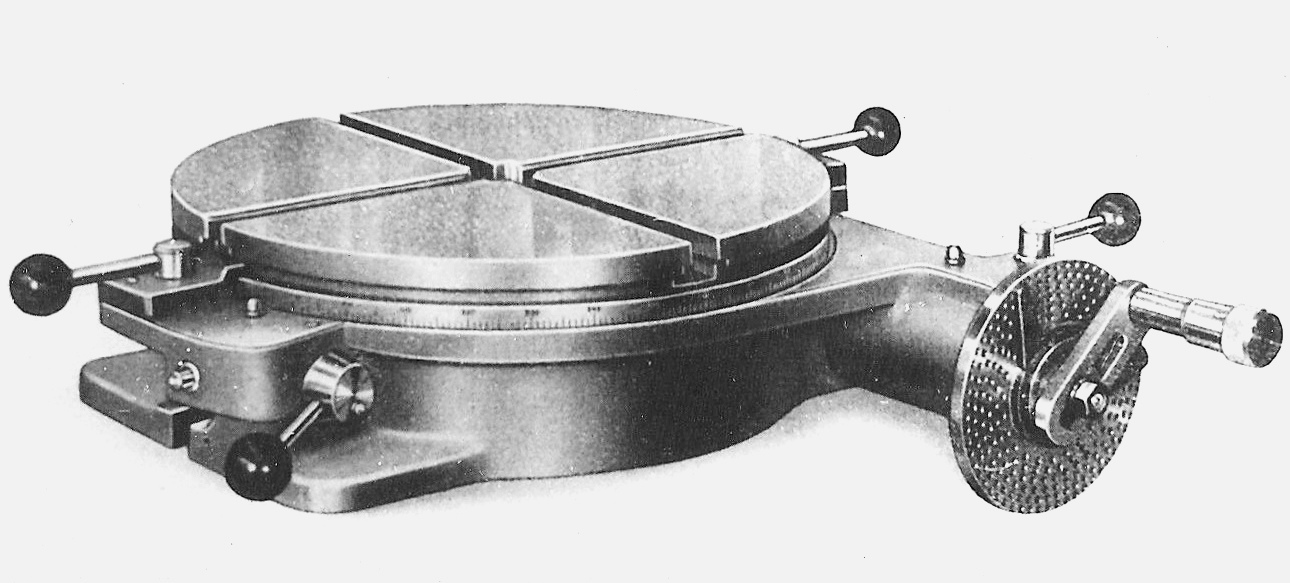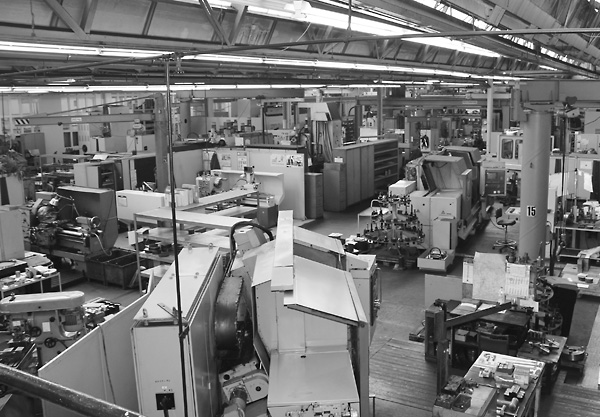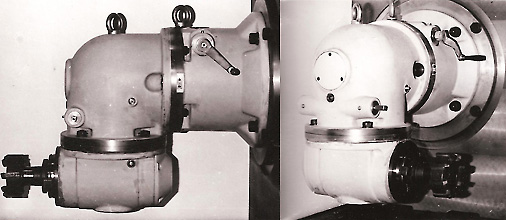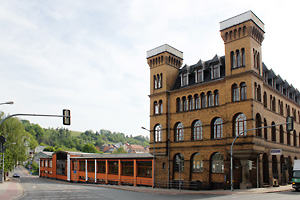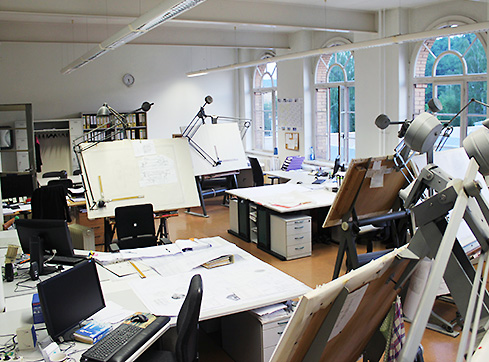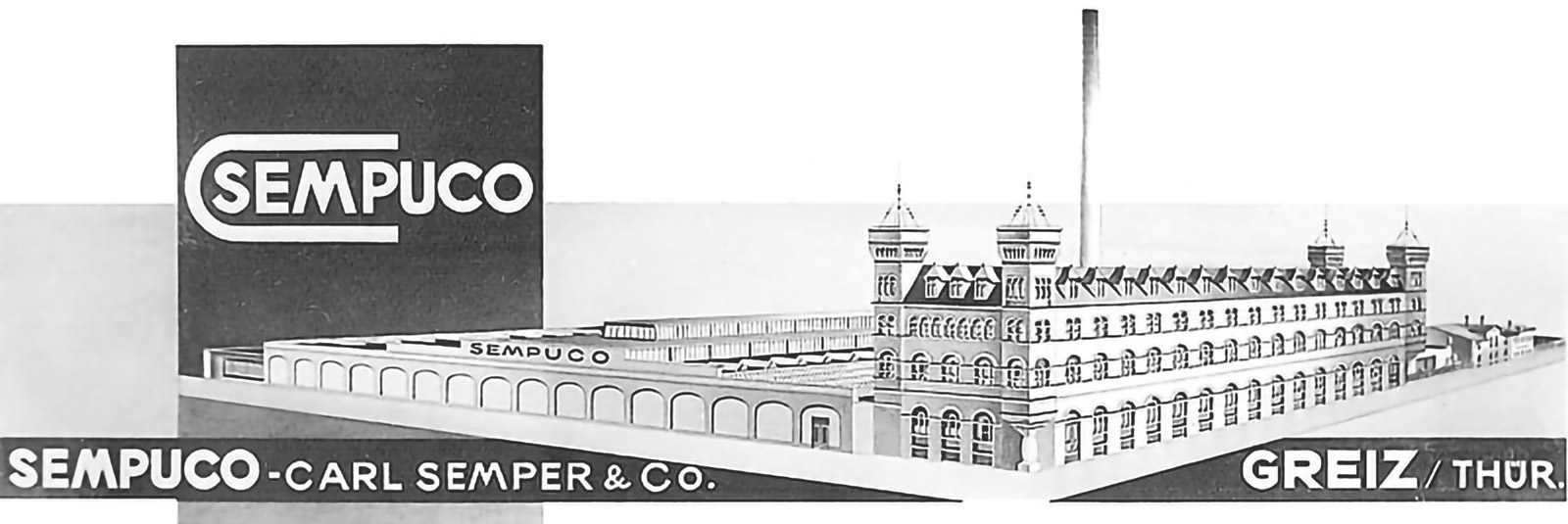
1908
The Carl Semper & Co. company was founded by Carl Semper and Robert Scheffel. Operations begin with the production of wire processing machines.
1915
Carl Semper leaves the company - Robert Scheffel becomes the sole owner.
1938
Robert Scheffel's 3 sons Rudolf, Hermann and Ernst Scheffel join the company
1948
Development and manufacture of precision, milling and boring machines for toolmaufacturing and fixture construction, thereby expanding the rotary table programme
1951
Starting the production of roundtable RT 34
1965
Start of mass production of rotary tables. Sempuco becomes a specialist company for the manufacture of rotary tables within the Fritz Heckert milling machine combinewith the intention of covering the East German market on its own. The wire processing machine programme is relocated to other companies for reasons of capacity.
1972
Development and construction of NC rotary tables.
1973
Sempuco is nationalised.
1977
Sempuco constructs a dual axis universal milling head for boring mills and so beginsthe development of a wide-ranging selection of milling heads
1990
As of 01.07.1990, Sempuco is returned to family ownership as part of the reprivatisation programme. Thomas Scheffel, a grandson of the founder, assumes the position of Managing Director.
– immediate continuation of the development of the product range programme.
– development of a company-internal sales structure
All this achieved without any external participation or liquidity assistance from the State
1992
Thomas Scheffel takes over the State's share of the company.
1994
Sempuco completes its market entry and again generates a positive cash flow.
2006
Thomas Scheffel assumes total control of Sempuco as the sole shareholder.
2012
Sempuco is a service provider for rotary tables and milling heads, with the goal of making its customers more successful in the market.We meet our customers' requirements so that they are able to dominate the market. To this end, Sempuco has built up an extremely wide-ranging product system, comprising more than 1,000 product variants. For example, our modules are found in grinding machines - where as spindle carriers they have to satisfy extreme accuracy requirements, in large-scale boring mills and precision milling machines - where they can be automatically substituted from magazines, in volume machines - where they undergo customer-orientated modifications, through to complete offset slide units for milling machines and as large-scale assemblies.
